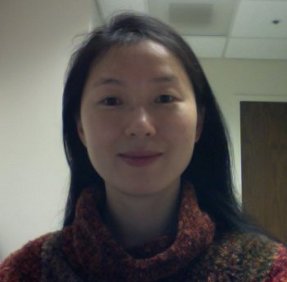The transition metal dichalcogenides (TMDs) represent an interesting class of bulk crystals that are built up of van der Waals bonded layers. As such, just like graphene, they can be separated into stable units of atomic thickness by mechanical exfoliation or grown in the form of atomic monolayers by chemical vapor deposition (CVD). Although the structure of TMD monolayers, such as MoS2, is similar to that of the graphene honeycomb, the A and B sublattices, rather than both being occupied by C atoms, are occupied either by Mo atoms or by a pair of S atoms. This difference in symmetry leads to many interesting and unique properties in TMD monolayers. In this talk, I will present our recent optical studies on mono- and few-layer samples of MoS2. We will discuss phenomena including a crossover from a bulk indirect gap semiconductor to a direct gap semiconductor in the monolayer limit, observation of tightly bound excitons and trions, and the production of valley polarization by optical pumping with circularly polarized light.
Speaker:
Institution:
Location:

